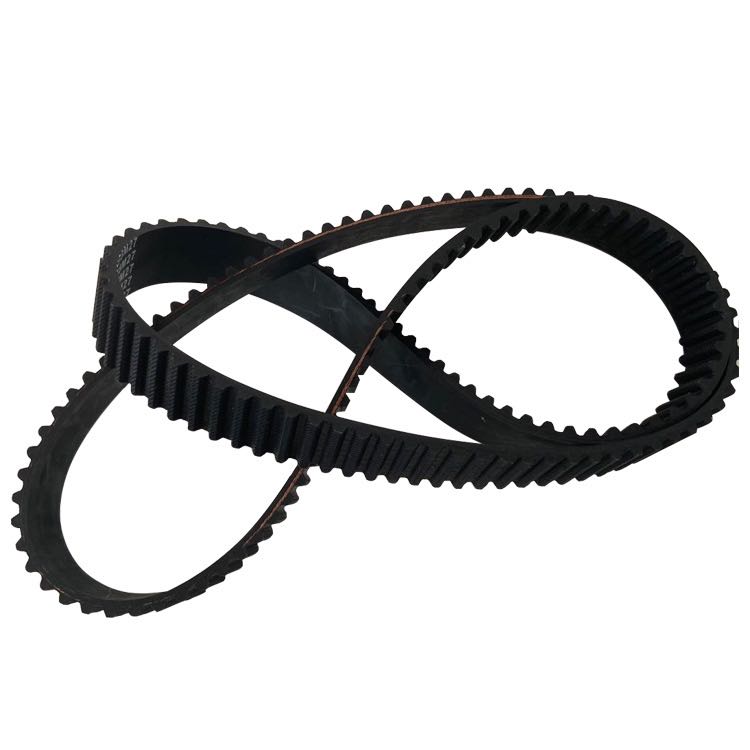- Arabic
- French
- Russian
- Spanish
- Portuguese
- Turkish
- Armenian
- English
- Albanian
- Amharic
- Azerbaijani
- Basque
- Belarusian
- Bengali
- Bosnian
- Bulgarian
- Catalan
- Cebuano
- Corsican
- Croatian
- Czech
- Danish
- Dutch
- Afrikaans
- Esperanto
- Estonian
- Finnish
- Frisian
- Galician
- Georgian
- German
- Greek
- Gujarati
- Haitian Creole
- hausa
- hawaiian
- Hebrew
- Hindi
- Miao
- Hungarian
- Icelandic
- igbo
- Indonesian
- irish
- Italian
- Japanese
- Javanese
- Kannada
- kazakh
- Khmer
- Rwandese
- Korean
- Kurdish
- Kyrgyz
- Lao
- Latin
- Latvian
- Lithuanian
- Luxembourgish
- Macedonian
- Malgashi
- Malay
- Malayalam
- Maltese
- Maori
- Marathi
- Mongolian
- Myanmar
- Nepali
- Norwegian
- Norwegian
- Occitan
- Pashto
- Persian
- Polish
- Punjabi
- Romanian
- Samoan
- Scottish Gaelic
- Serbian
- Sesotho
- Shona
- Sindhi
- Sinhala
- Slovak
- Slovenian
- Somali
- Sundanese
- Swahili
- Swedish
- Tagalog
- Tajik
- Tamil
- Tatar
- Telugu
- Thai
- Turkmen
- Ukrainian
- Urdu
- Uighur
- Uzbek
- Vietnamese
- Welsh
- Bantu
- Yiddish
- Yoruba
- Zulu
ធ្នូ . 18, 2024 12:43 Back to list
Understanding the Function and Importance of Positive Drive Belts in Machinery
Understanding the Positive Drive Belt A Key Component of Modern Machinery
In various mechanical systems, the positive drive belt plays a crucial role in ensuring efficient power transfer and overall functionality. Often found in automotive applications, manufacturing equipment, and recreational vehicles, these belts are integral to many machines' operation. This article delves into the importance of positive drive belts, their types, applications, maintenance, and troubleshooting tips.
What is a Positive Drive Belt?
A positive drive belt, also known as a synchronous belt or timing belt, is designed to transmit power through teeth that engage with corresponding grooves on pulleys. The primary feature of a positive drive belt is its capacity to maintain accurate timing between the driving and driven components. This precision is vital in applications where synchronous motion is necessary, such as in automotive engines, where the belt ensures that the camshaft and crankshaft operate in perfect harmony.
Types of Positive Drive Belts
1. Rubber Timing Belts These are the most common type of positive drive belts used in passenger vehicles. Made from high-quality rubber, they typically feature nylon reinforcements for added strength and durability. These belts are designed to withstand the high temperatures and stresses found in automotive engines.
2. Poly V-Belts Also known as serpentine belts, poly V-belts are characterized by their thin, flat design and numerous grooves. They are often used in applications where space is limited, providing efficient power transfer for multiple components, such as the alternator, power steering pump, and air conditioning compressor.
3. Steel and Composite Belts These belts are designed for heavy-duty applications and are often used in industrial machinery. Their reinforced design allows them to handle higher loads and operate in harsher conditions compared to rubber belts.
Applications of Positive Drive Belts
The versatility of positive drive belts makes them a popular choice across various industries. In automotive engineering, they play a vital role in controlling engine timing, driving water pumps, and operating alternators. Outside of automotive use, these belts are found in
- Manufacturing Equipment In conveyor systems and robotics, positive drive belts facilitate the precise movement of parts and materials, ensuring the efficient flow of production lines. - Home Appliances Many household items, such as washing machines and vacuum cleaners, utilize positive drive belts for their operation. - Agricultural Machinery These belts help in the operation of equipment such as combine harvesters and tractors, where reliable power transfer is essential.
positive drive belt

Maintenance of Positive Drive Belts
For optimal performance and longevity, regular maintenance of positive drive belts is essential. Here are some key maintenance tips
1. Inspect Regularly Check belts for signs of wear, such as cracks, fraying, or wear on the teeth. Regular inspections can help catch issues before they lead to failure.
2. Proper Tension Ensure that the belt is correctly tensioned. Overly tight belts can cause premature wear on both the belt and the pulleys, while loose belts can slip and fail to transmit power.
3. Alignment Proper alignment of pulleys is crucial. Misalignment can lead to uneven wear and reduced performance.
4. Cleaning Keep the belt and pulleys free from oil, dirt, and debris, as contaminants can affect performance and contribute to wear.
Troubleshooting Common Issues
Despite regular maintenance, problems can still arise with positive drive belts. Common issues include
- Slipping If the belt slips, it may be due to incorrect tension or pulley misalignment. Adjusting the tension or realigning the pulleys can often resolve this issue. - Excessive Noise Unusual noises, such as squealing or grinding, may indicate wear or debris buildup. Inspect the belt and pulleys for damage or debris and clean or replace them as necessary. - Premature Wear If a belt wears out quickly, it could be a sign of misalignment or improper tension. Addressing these underlying issues can extend the belt's lifespan.
Conclusion
Understanding positive drive belts' critical function in various applications is essential for anyone involved in mechanical maintenance or engineering. Regular inspections, proper maintenance, and prompt troubleshooting can ensure these vital components operate efficiently and reliably, contributing to the overall success of any mechanical system. As technology advances, positive drive belts will continue to play a significant role in driving innovation in machinery and transportation.
-
Korean Auto Parts Timing Belt 24312-37500 For Hyundai/Kia
NewsMar.07,2025
-
7PK2300 90916-T2024 RIBBED BELT POLY V BELT PK BELT
NewsMar.07,2025
-
Chinese Auto Belt Factory 310-2M-22 For BMW/Mercedes-Benz
NewsMar.07,2025
-
Chinese Auto Belt Factory 310-2M-22 For BMW/Mercedes-Benz
NewsMar.07,2025
-
90916-02660 PK Belt 6PK1680 For Toyota
NewsMar.07,2025
-
drive belt serpentine belt
NewsMar.07,2025

